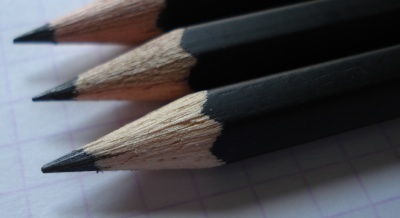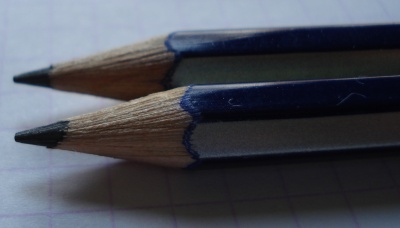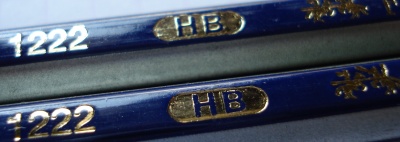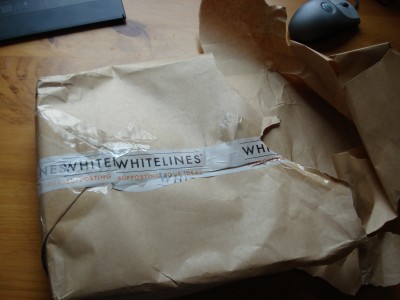
Can dark rules on white paper really impair both reading and writing? Is white paper harsh on the eyes? Do you want to avoid lines in photocopied pages? Is there an alternative?
It’s a fairly bold statement to claim a fundamental improvement in writing paper, but that’s what the Swedish stationer Whitelines asserts. They sell notebooks and pads of paper in a faint gray colour, with the rules in white.
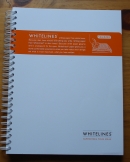
I ordered a selection of products with square ruling (a.k.a. “graph paper”) – wirebound A4 and A5 notebooks, stapled A4 and A5 composition books, glued A4 and pocket notebooks, and A4 and A6 paper pads. Shipping from Sweden to Canada took an astonishingly quick three days. They have their organizational act together!
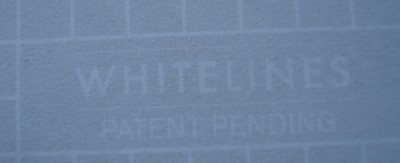
All the products share the same paper, a bit thinner than I would have liked, patterned front and back with the white grid on a gray background. There is also a mark, “Whitelines Patent Pending”, on every sheet of paper.
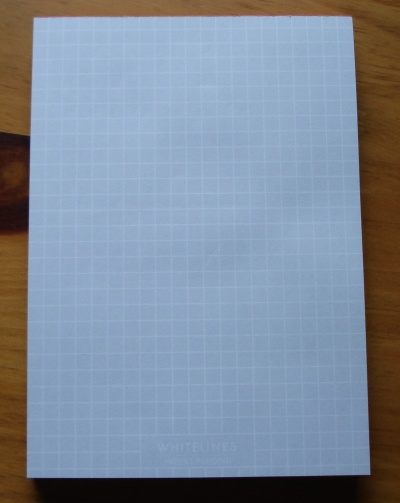
So how is it? Nice, very nice. Ballpoint, fountain pen (a medium nib Lamy with Montblanc ink), and pencil work well, though the paper is thin enough to show through anything dark.
Is it easier on the eyes? If you work in an office with overhead flourescent lights and computer monitors everywhere, probably anything might be easier on the eyes. It’s really hard to say – it is certainly pleasant enough.
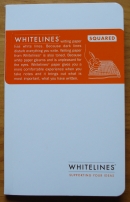
There is also a more subtle effect – the lines are there, but less prominently than on regular paper. It could be true that it is a less distracting structure for some.
One thing I’m ambiguous about is the amount of branding, though it’s a nice bright orange, and it doesn’t impair using the paper.
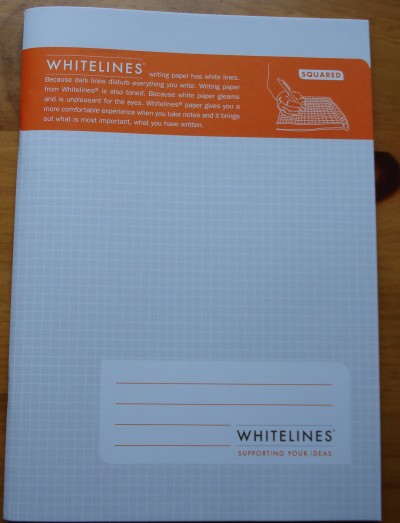
Would I buy more? They’re a lot of fun, which I think would be the deciding factor. After using them for a while, I might choose a preferred format (so far I’m using the A5 composition book the most) and get a personal stash. Of couse, something else might come along in the interim.

